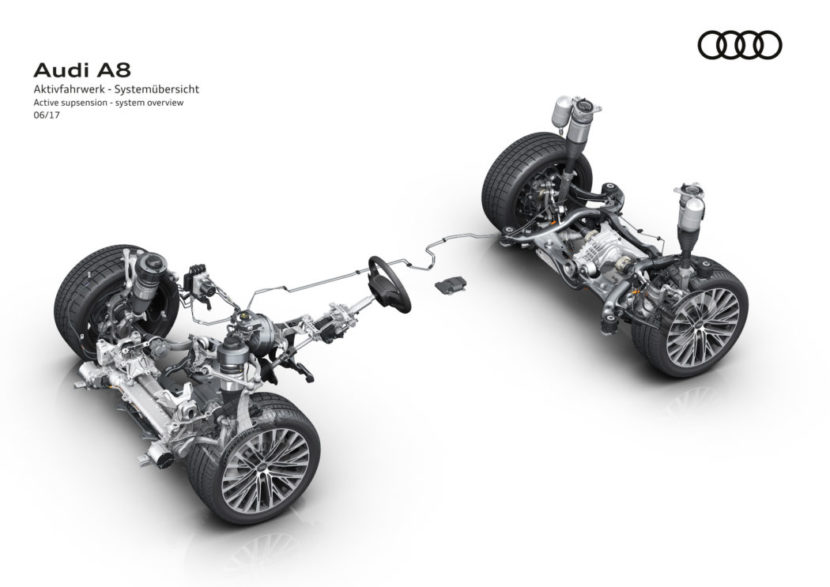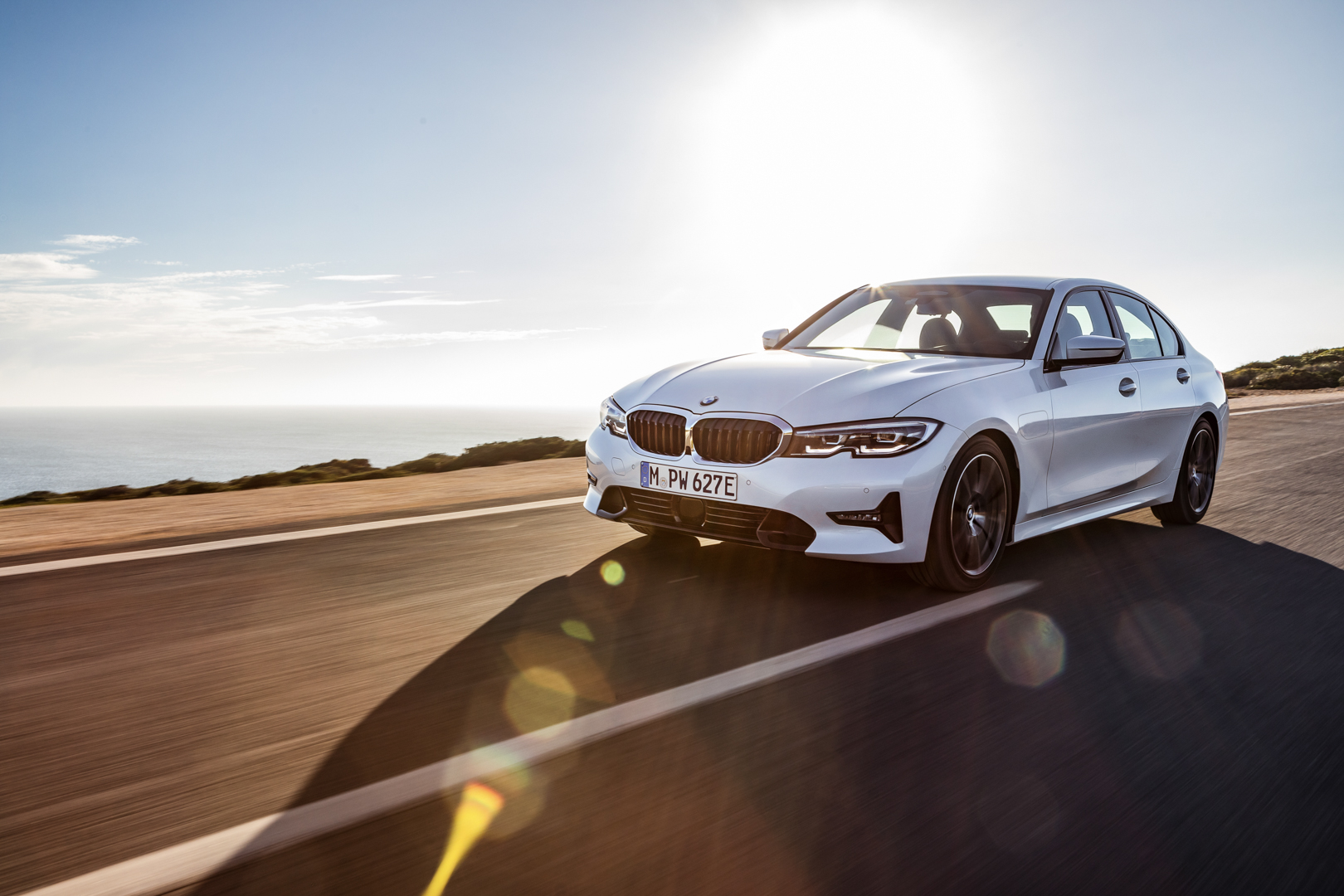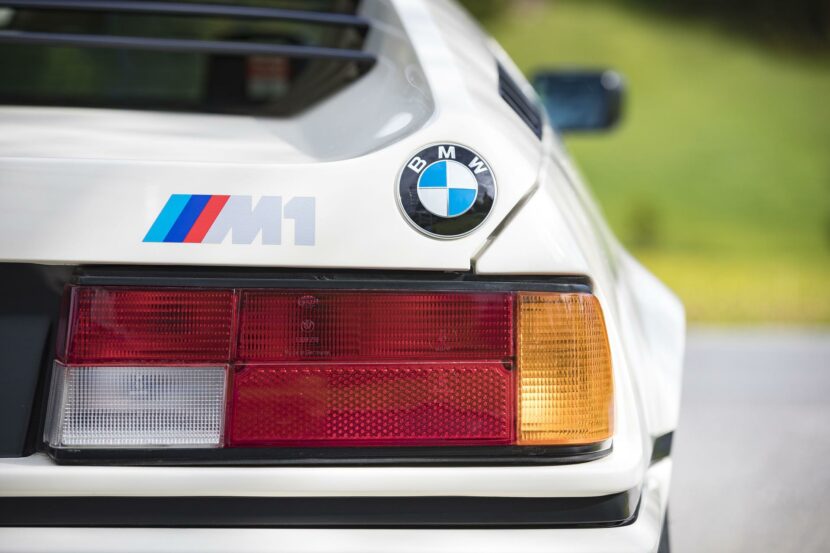BMW has always prided itself on being at least one of the leaders of the automotive world in terms of technology. Its M Division always had some of the most impressive, highest-revving engines on the market. BMW was the first brand to really develop a proper infotainment system, with the first-gen iDrive. Sure, it was awful but it was a start and it was done before anyone else. BMW also was the first mainstream automotive brand to debut its own electric sub division, with the i Division and its i3 and i8. So why is BMW so slow to the ball when it comes to 48-volt electric systems?
This may not be a sexy topic but it’s something that’s important all automakers at the moment and it’s something that BMW’s competitors are currently using. So what exactly is a 48-volt electrical system? Well, most cars have traditionally run on a 12-volt system, as the normal car battery is a DC 12-volt battery. Now, though, automakers are either switching over to 48-volt systems, using 48-volt lithium-ion batteries, or adding them on top of the existing 12-volt system.
BMW B58 engine
So what’s the point of all of this, you might ask? Well, there are two main reasons for 48-volt electrical systems. Let’s start with the simpler of the two — wire size. In a nutshell, the higher the voltage of the battery, the thinner the wires from it can be. Thinner wires are much easier to package and weigh significantly less. Therefor, it’s quite beneficial for car companies to use higher voltage, so as to make cars lighter and easier (cheaper) to manufacture. And, as we know, weight is always the enemy, especially in electric cars, where weight reduces range.
The other main reason is for technology. There are a lot of new automotive technologies hitting the market, and some still in the works, that require more power, more quickly than a traditional 12-volt system can provide.
For instance, the Audi SQ7 TDI was one of the more famous mainstream cars to use a 48-volt electrical sub-system, on top of the 12-volt DC battery, and it was used to power the car’s active anti-roll bars and electrically-powered compressor (which essentially works as an electric turbocharger). The Audi A8 also has it to power its very clever electromechanical “Active Suspension”.

Audi also continues to use 48-volt sub-systems in its modern MHEV (Mild Hybrid Electric Vehicle) cars. In fact, all of its new luxury cars, from the Audi A6 all the way up to the Q8, are MHEVs, which use a Belt Alternator Starter (BAS) on the engine. The BAS
Mercedes-Benz is also using 48-volt electrical system with its new straight-six engine cars. That new 3.0 liter I6 from Mercedes-Benz is entirely beltless, meaning there are no belt-driven systems running off of the crank pulley. All secondary components to the engine (power steering, air conditioning, etc.) are run via electricity from the 48-volt system. Therefor, there’s less parasitic loss on the engine from those systems. In addition to that, the lack of pulleys, belts and pumps makes the engine physically shorter and therefor easier to package, which allowed Mercedes to use a straight-six rather than a more compact V6. And you don’t have to sell BMW fans on the advantages of an inline engine.
Despite all of these advantages, BMW has yet to jump on board the 48-volt train just yet. Why not? We don’t exactly know the answer. However, we do know that BMW is actually working on it, even if its further behind than its competition. We also know that it’s going to make its debut in 2020.

Beyond that, we have no concrete information. Though, according to our sources, it seems as if the first BMW to received 48-volt tech will be the 3 Series. Odd, I know, that BMW wouldn’t debut its latest tech on one of its flagships, like the 7 Series, 8 Series or X7. But the 3 Series is the brand’s bread and butter and the most popular car. So it sort of makes sense to launch its latest tech on its most important car.
So if you’re wondering why BMW doesn’t have this tech in its cars while its competitors do, know that the Bavarians are indeed working on it and planning to debut it within about a year.






































































